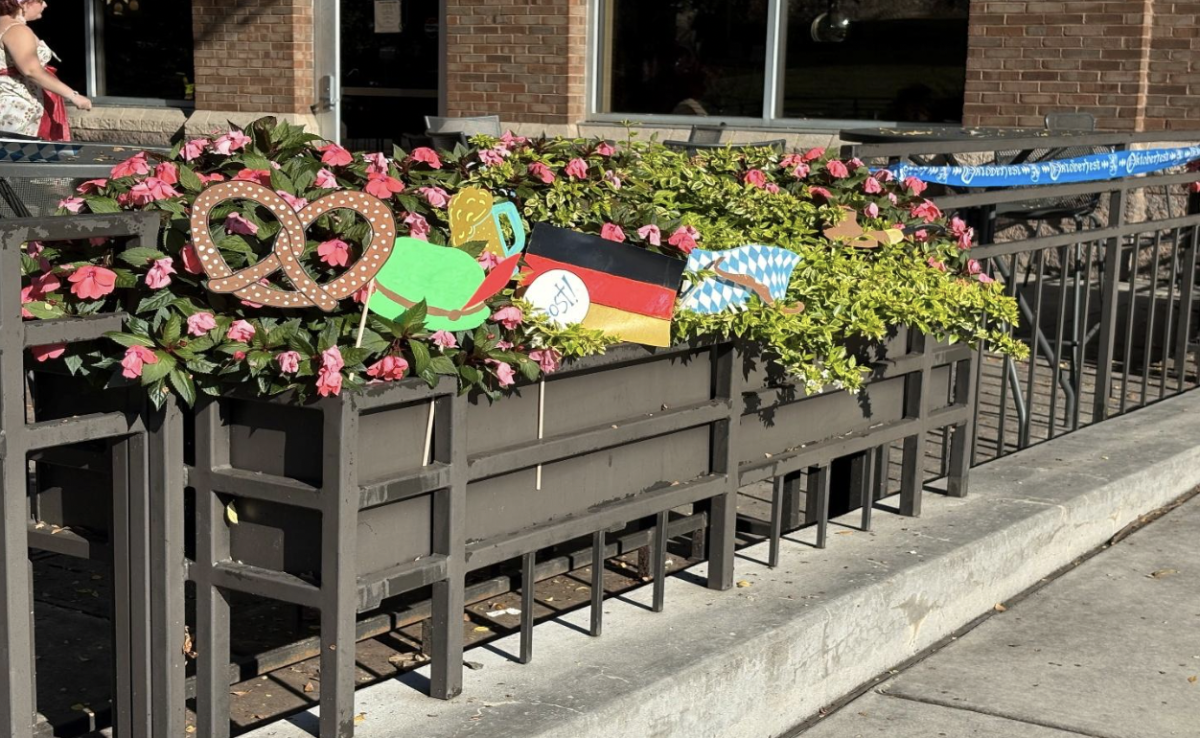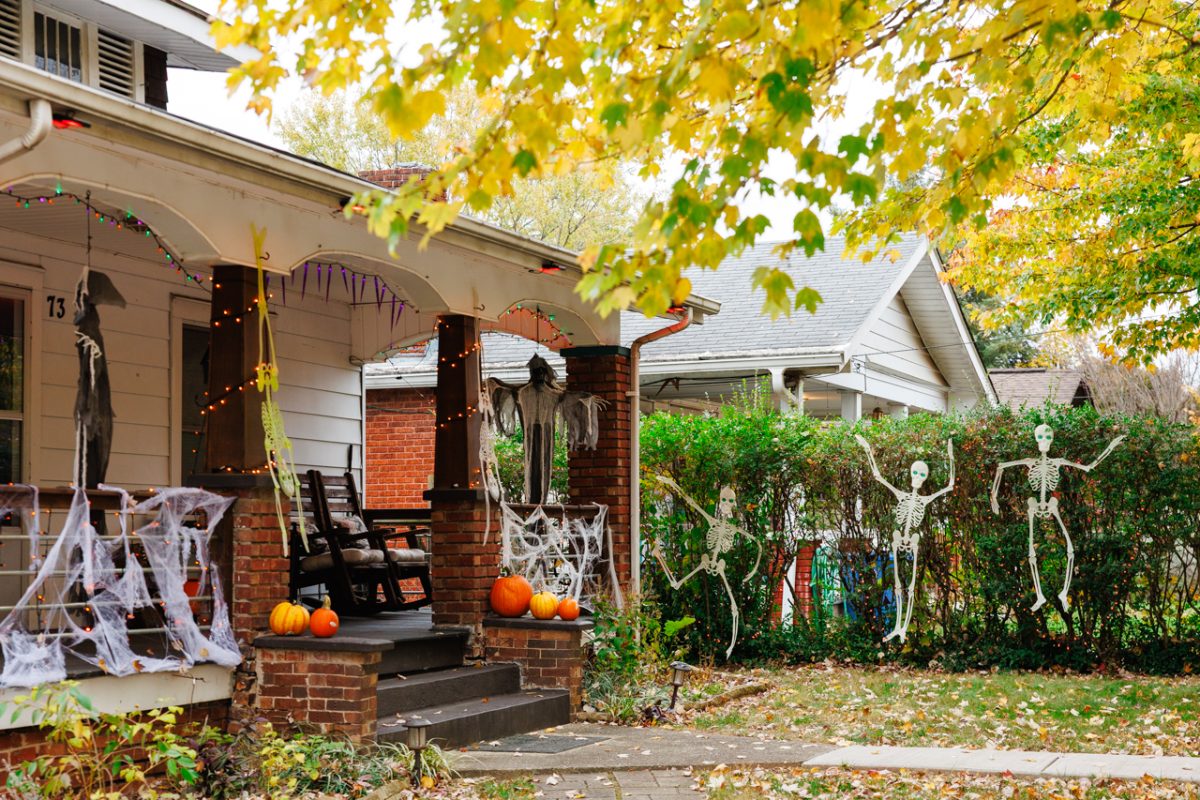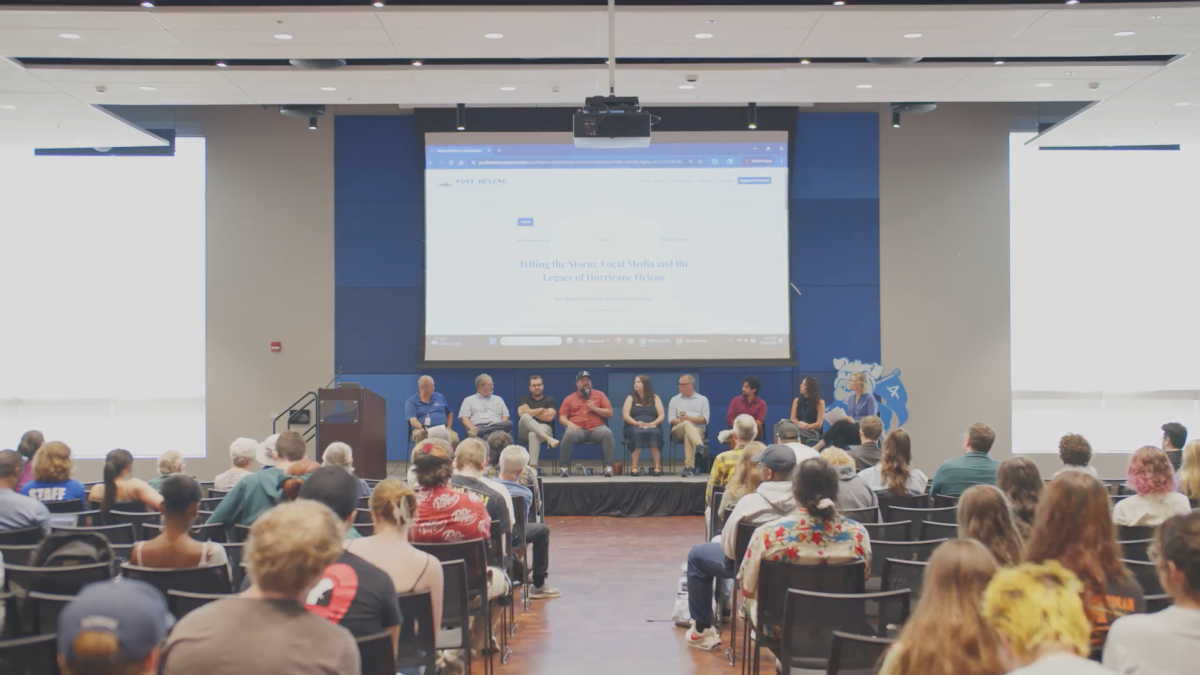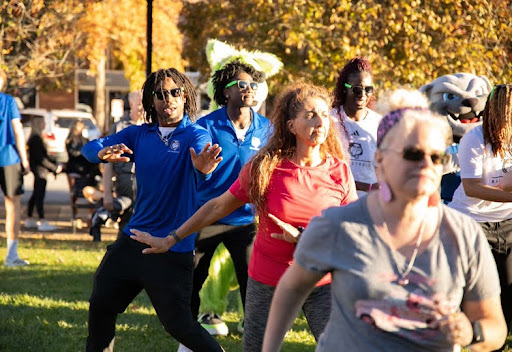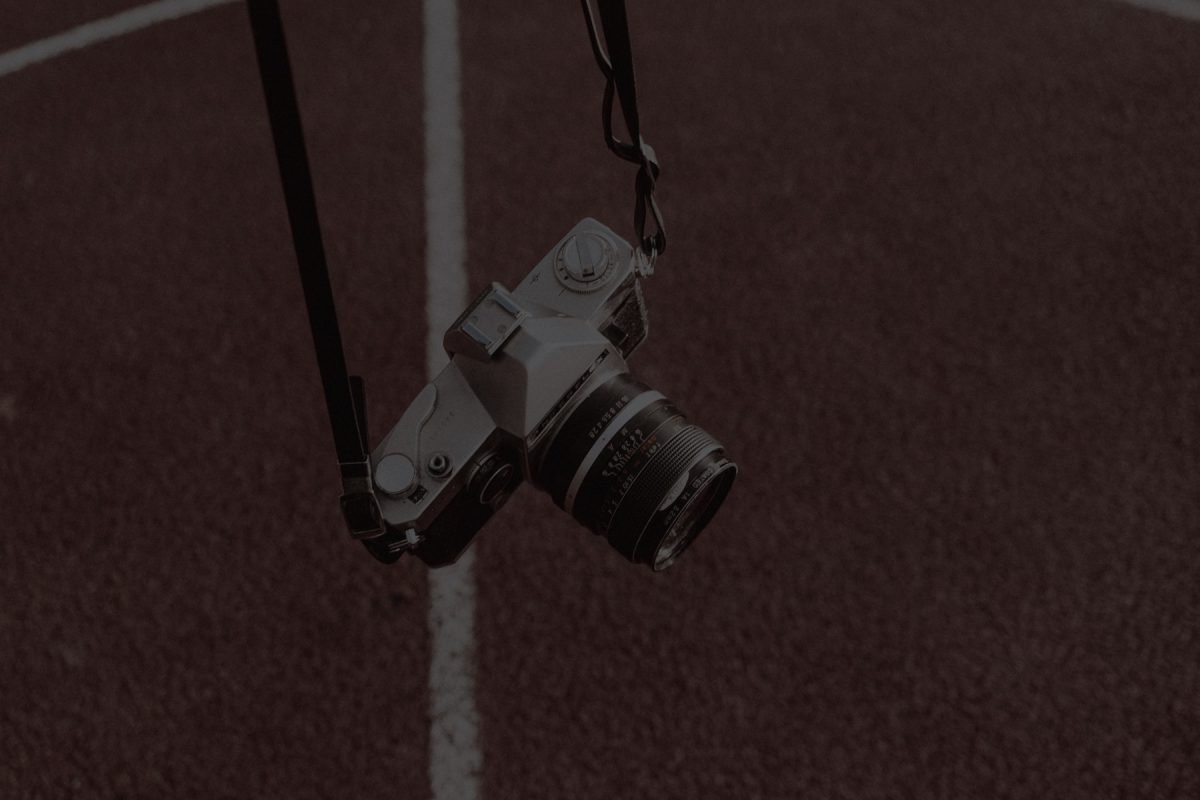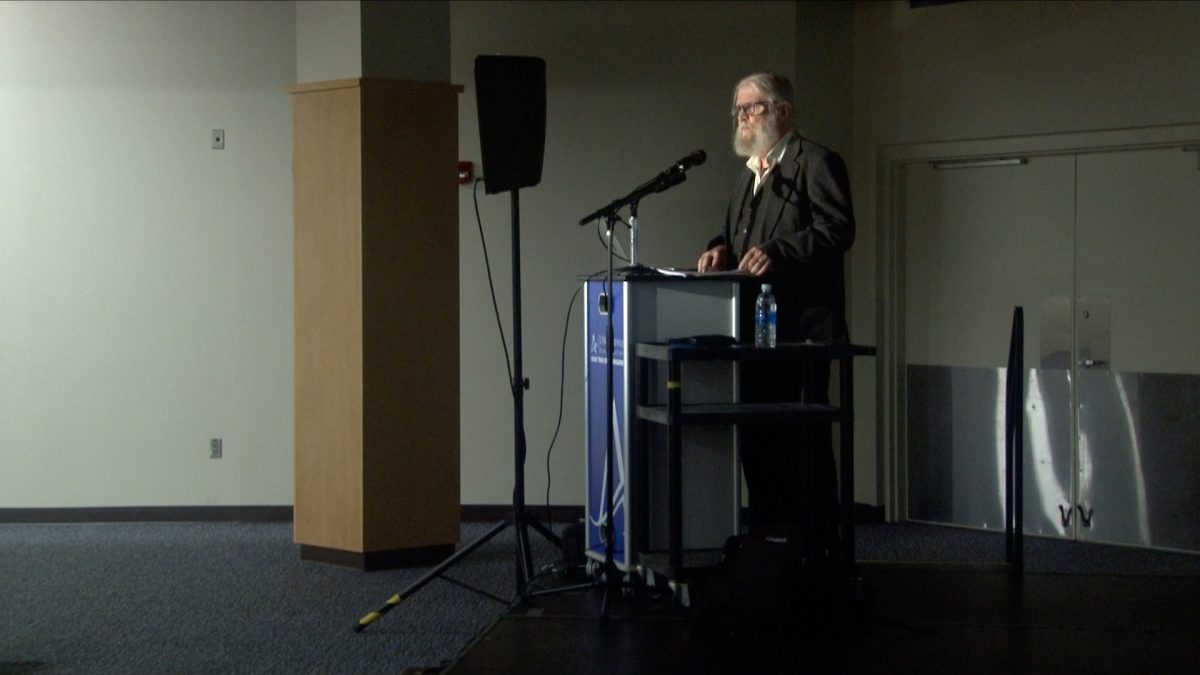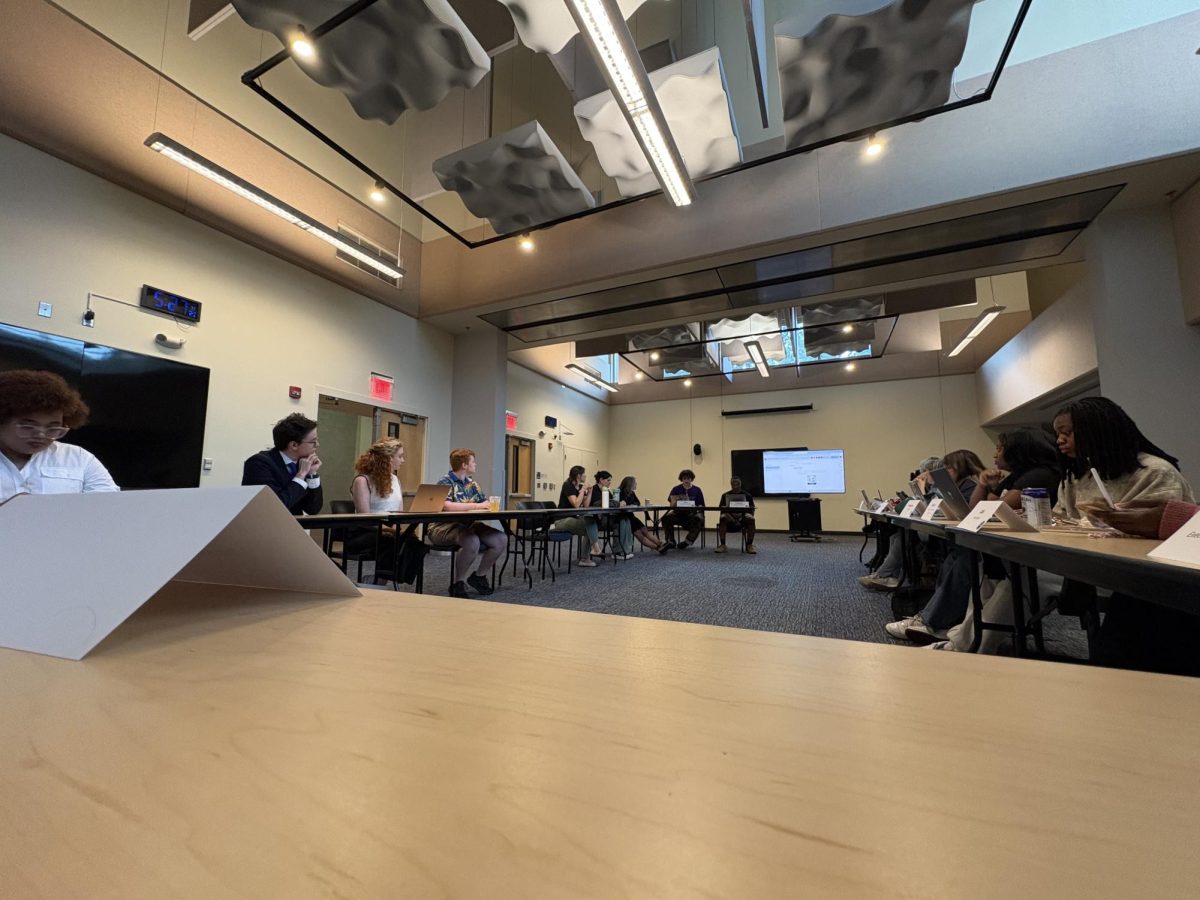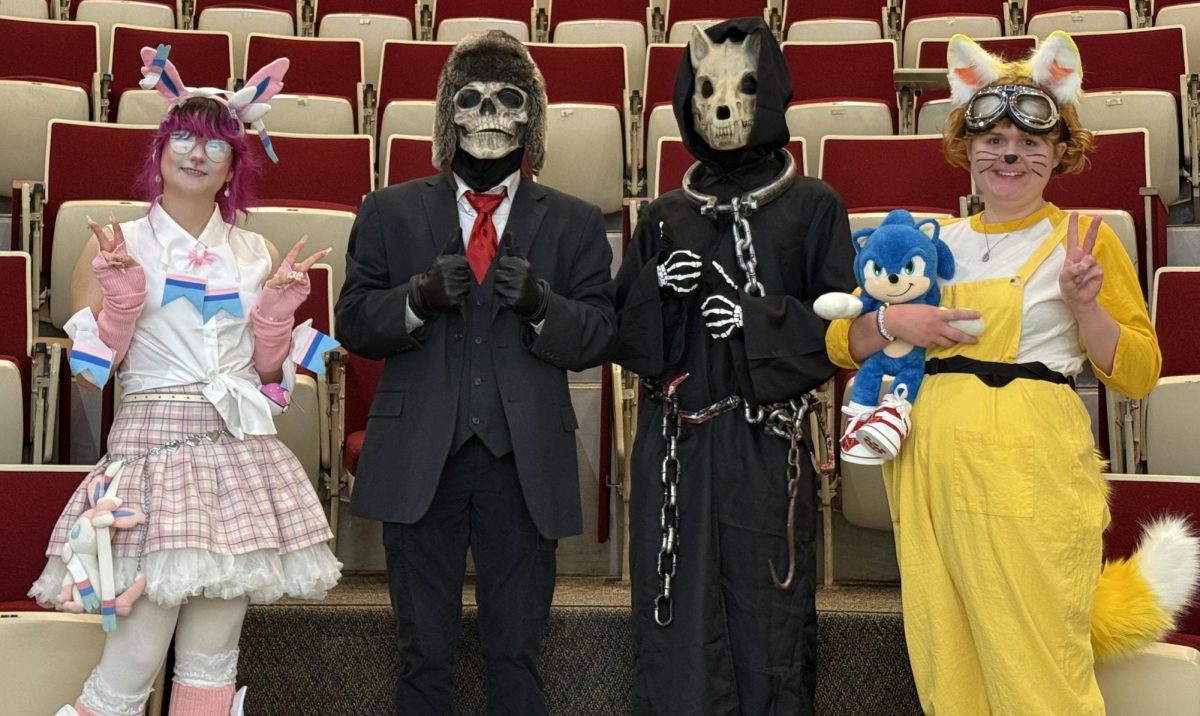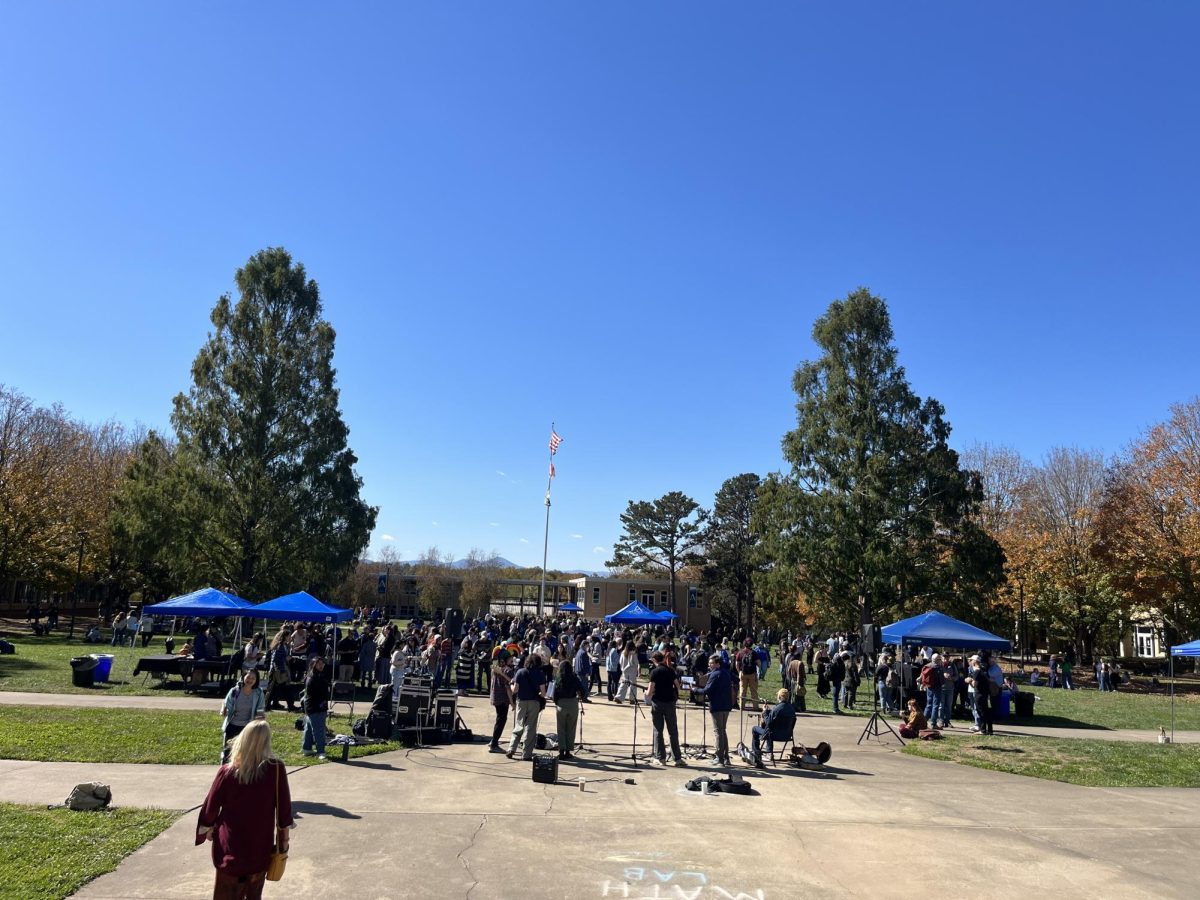
Photo courtesy of Kathy Anderson.
Tamsen Todisco
Contributor
We drove all day, the minivans rolling across several states, with pit stops here and there. We sang along to music and discovered new Snapchat filters in every major city.
Once we crossed the Louisiana border, night was falling and clouds obscured the sky. We could not see the lights of the vibrant city ahead.
As we watched the arrow on Google maps creep closer to our destination, the energy was palpable. A light rain hit the minivans as we crossed Lake Pontchartrain. We headed to our hostel in the garden district, eager to explore and learn from a revitalized city.
My topic is medical facility evacuation procedures and how they have changed in the years since Hurricane Katrina. Unable to obtain an interview with any hospital administrators, I registered for a professional conference that, by chance, was held on the same dates we would be in New Orleans. ResCon was a gathering for resiliency and emergency preparedness professionals nationwide and featured plenty of informative lectures and exhibitors.
In one presentation, I learned about evacuation of disabled populations from three experts Michael Zakour disaster researcher and professor at West Virginia University, Mike Orfitelli territorial disaster services coordinator for the Salvation Army, and Greg Ramirez emergency manager and major in the Oregon National Guard. They relayed their research and experience to communicate realistic plans for disaster planning. Another presentation focused on cultural awareness for minority groups and exhibitors presented new technologies to aid in preparedness and health care. There were even students presenting their undergraduate research projects, which made me feel at home. It was incredible to attend this conference at the Ernest N. Morial Convention Center, which had been completely renovated in 2006 after it was inundated with stranded victims during Hurricane Katrina.
We met with journalists Mark Schleifstein from the Times-Picayune and Pulitzer Prize winner Bob Marshall, who currently writes for The Lens. Their talk ran the gamut from Hurricane Katrina and the environment, the people of New Orleans and the nature of journalism in the digital age. Journalists must be experts on a wide variety of topics and these two were forthcoming and shared their knowledge with us freely.
We also met with John Deveny, head of the Deveny agency. The offices were beautifully decorated, with an outdoor courtyard complete with goldfish pond, but his stories of Katrina were less than opulent. He had been representing the New Orleans Visitors Bureau at the time of the storm and stayed in the ravaged Hyatt hotel downtown. The perspective he offered differed from the journalists, but conveyed the same sense of community in the face of disaster.
We ate lunch with E. “Bennie” Daigle, who had been an executive at Entergy and told us about the generator and power issues the city faced during the storm. Bennie was a humorous man with a number of “Bennie-isms” that needed further explanation. My favorite was, “pick a ditch and die in it,” referring to finding one’s niche in the world. When he mentioned his niece worked for a major hospital during the evacuation, I jumped at the chance to get more information and set up an interview. We left the meal full from Cajun delicacies and tidbits of odd wisdom.
It was not all educational, we soaked up culture, ate po’ boys and beignets, rode streetcars and listened to jazz.
We walked miles around the city, in small groups and as a class. A walking tour guide led us through the garden district and Lafayette cemetery, showing us celebrity homes and magnificent live oak trees whose roots ruptured the sidewalks.
We took selfies in front of historic homes and attended a Pelicans vs. Spurs basketball game.
New Orleans thrives with life, but its residents have not forgotten Hurricane Katrina. Charity Hospital sits empty, a 20-story reminder of what New Orleanians simply call “the storm.” Our research and interviews brushed the surface of the history and rich kinship of the area.
We piled into the minivans to return to Asheville and I looked out the back window as we zoomed over the bridge. I know I will return.
